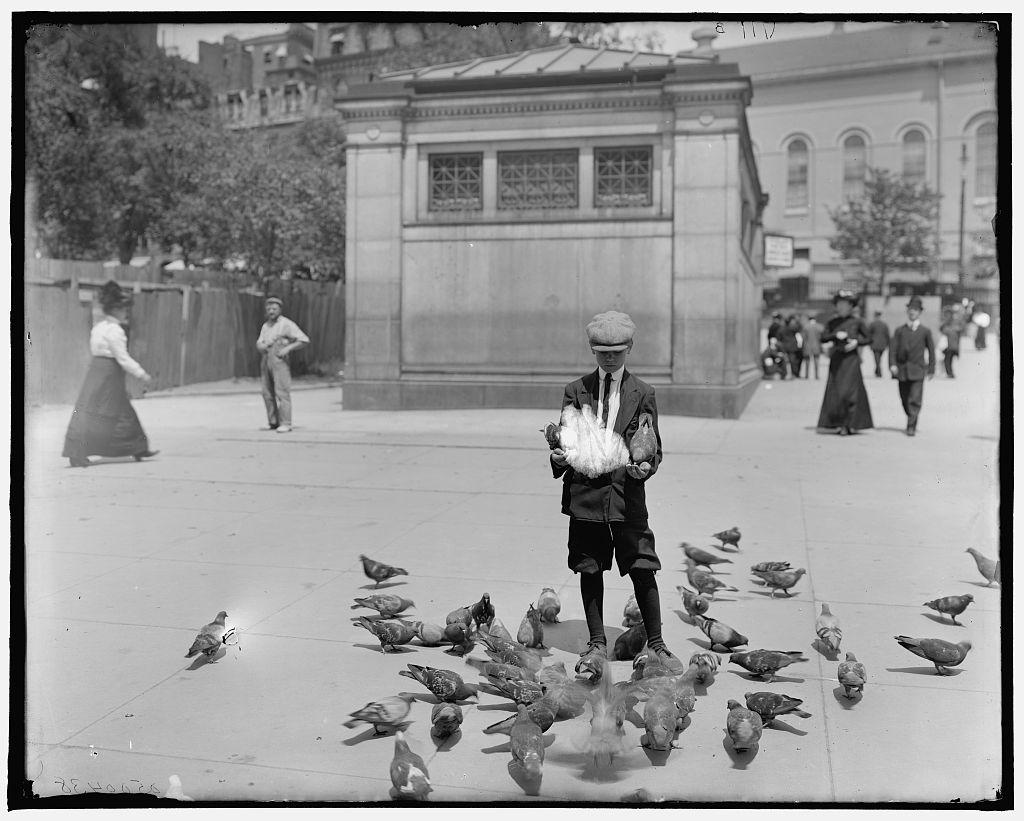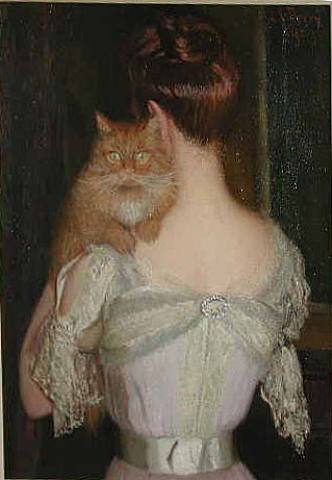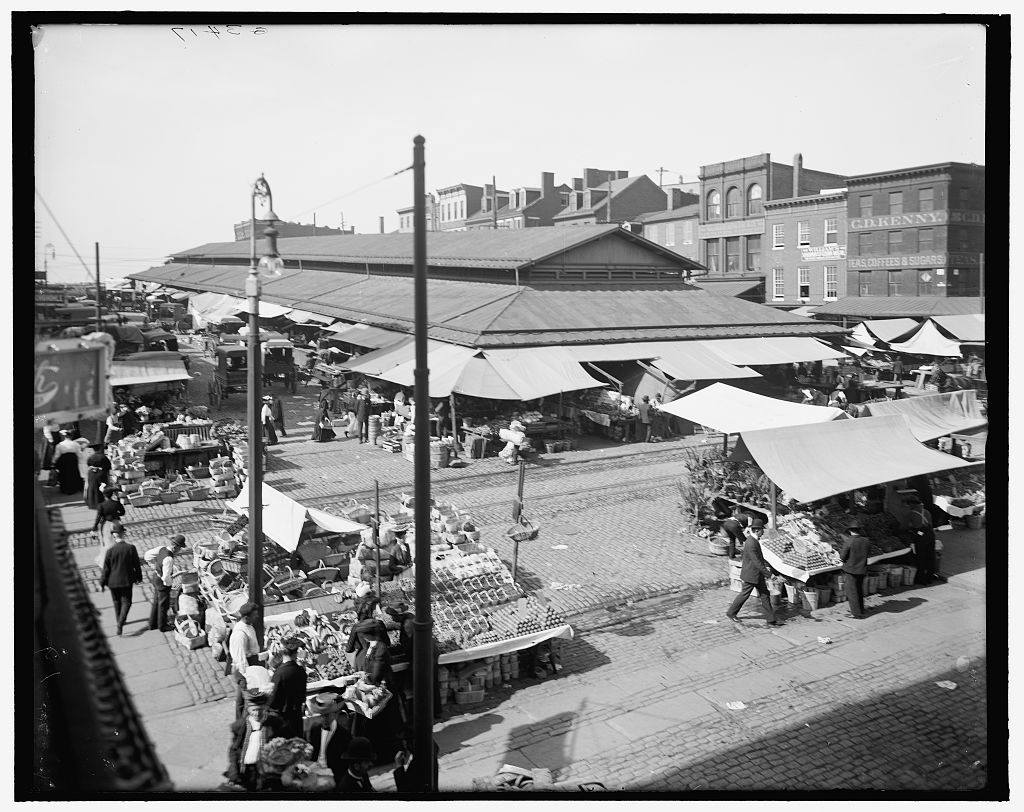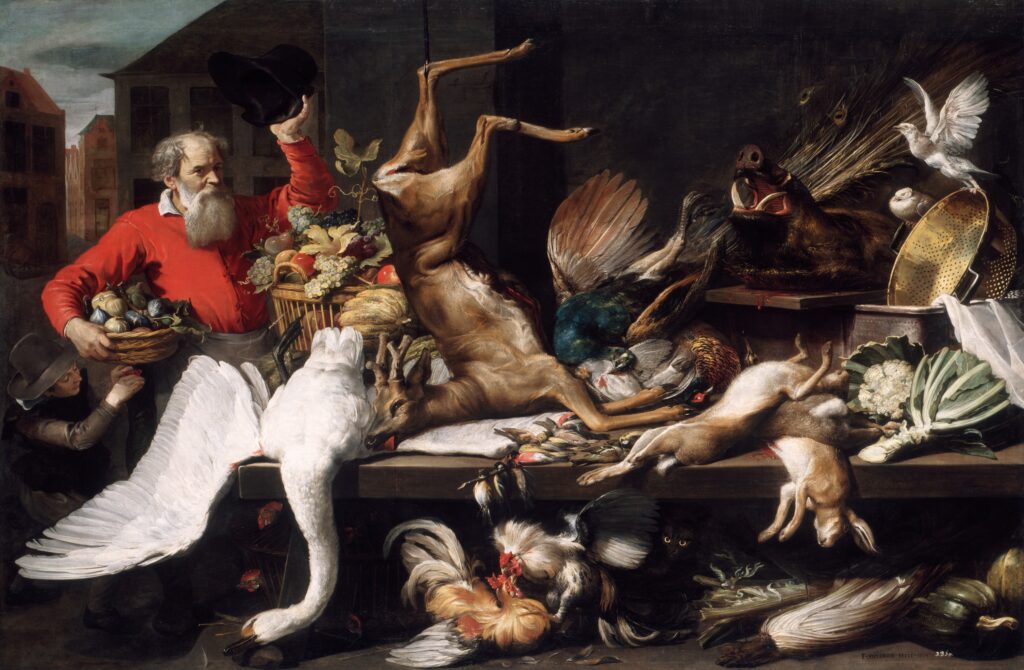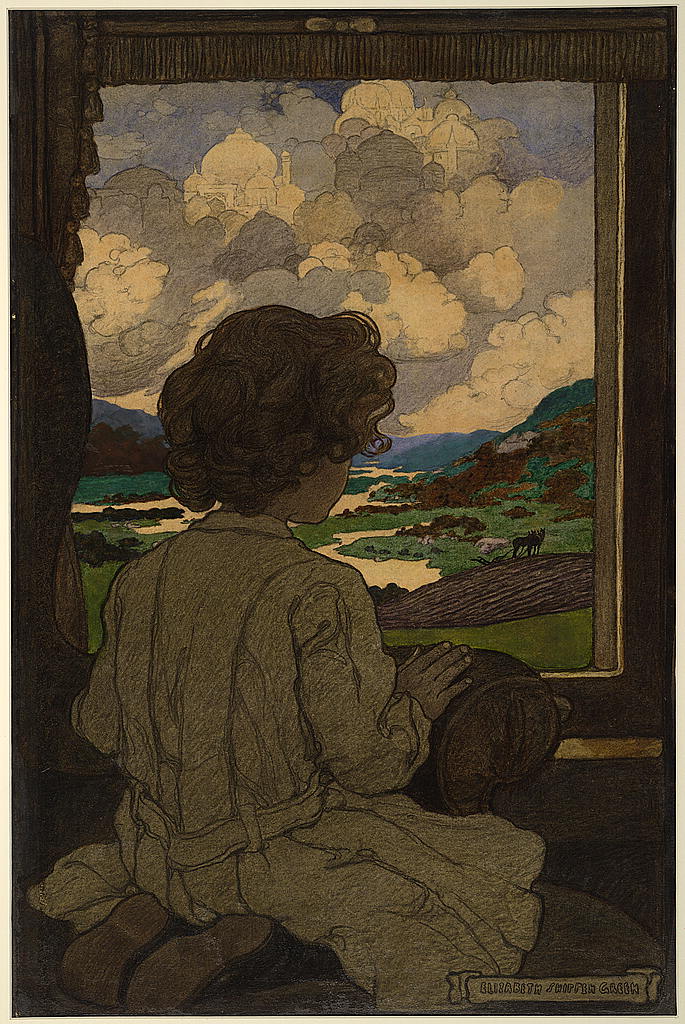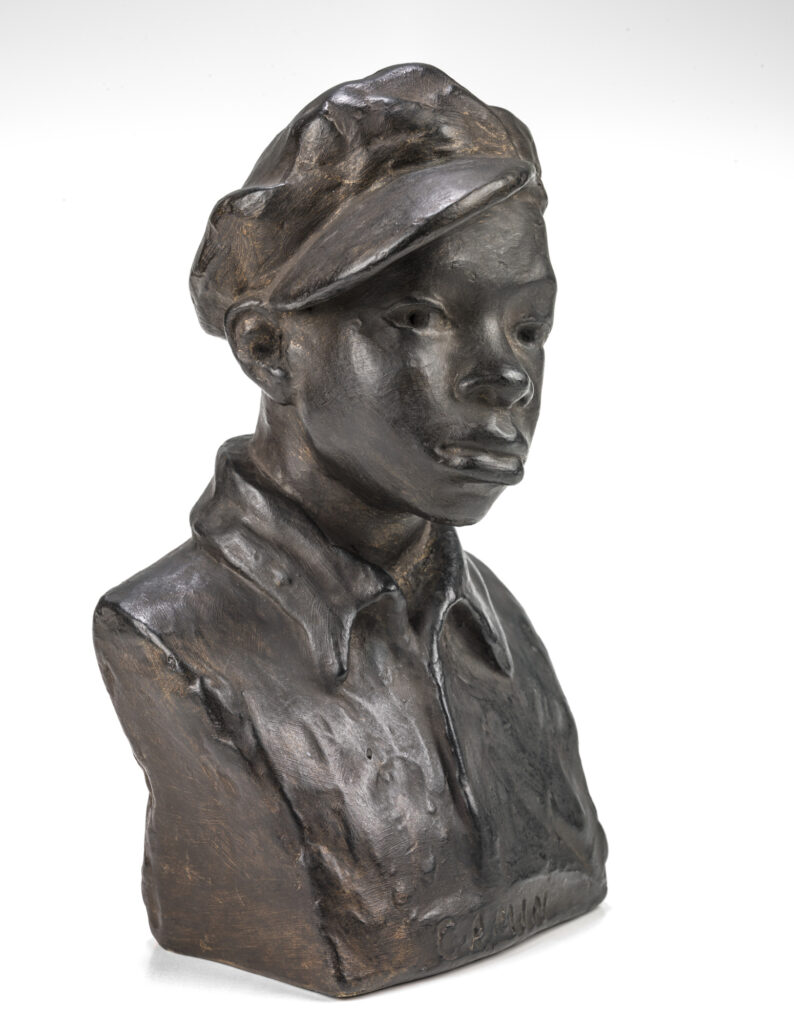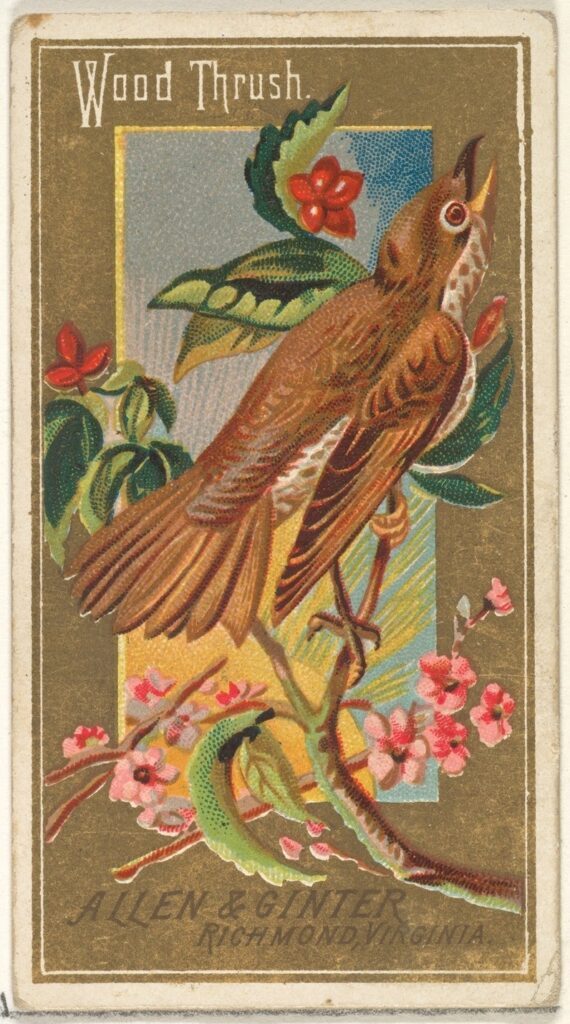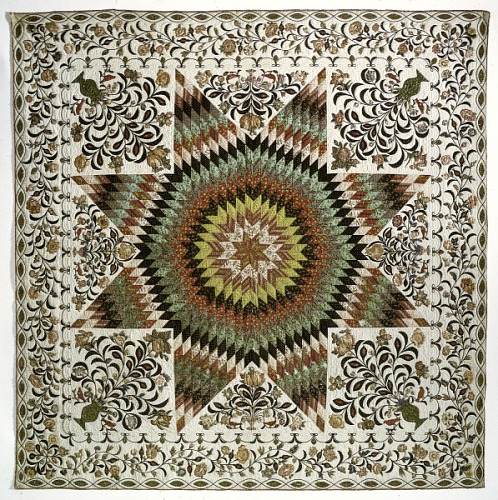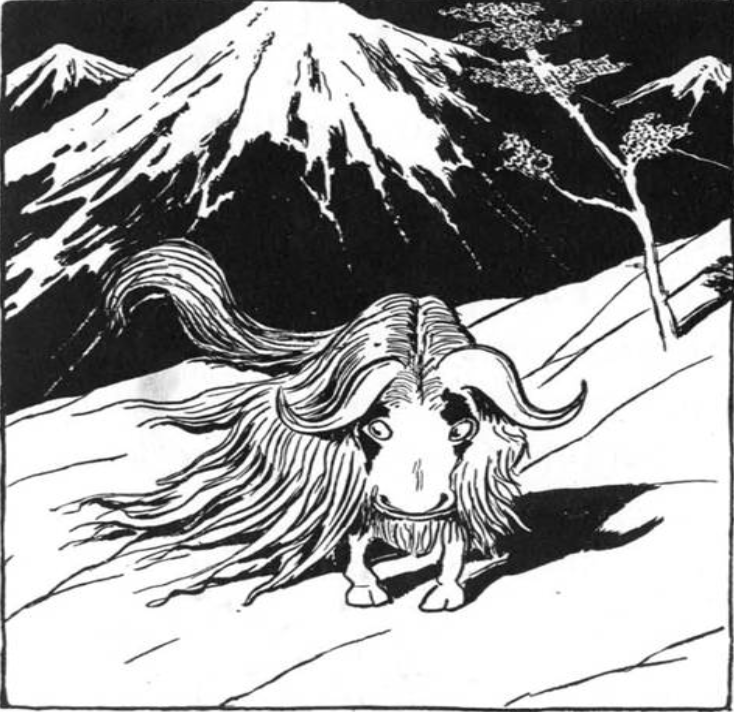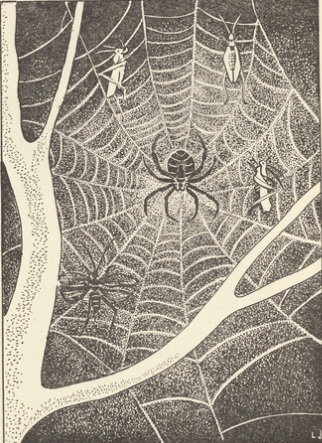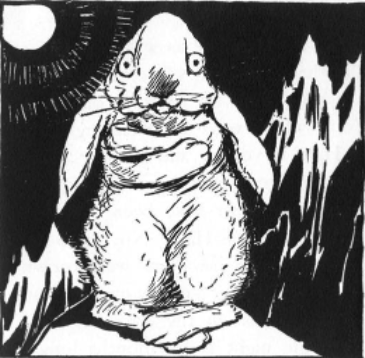Sea Lyric
By William Stanley Braithwaite
Annotations by Rene Marzuk
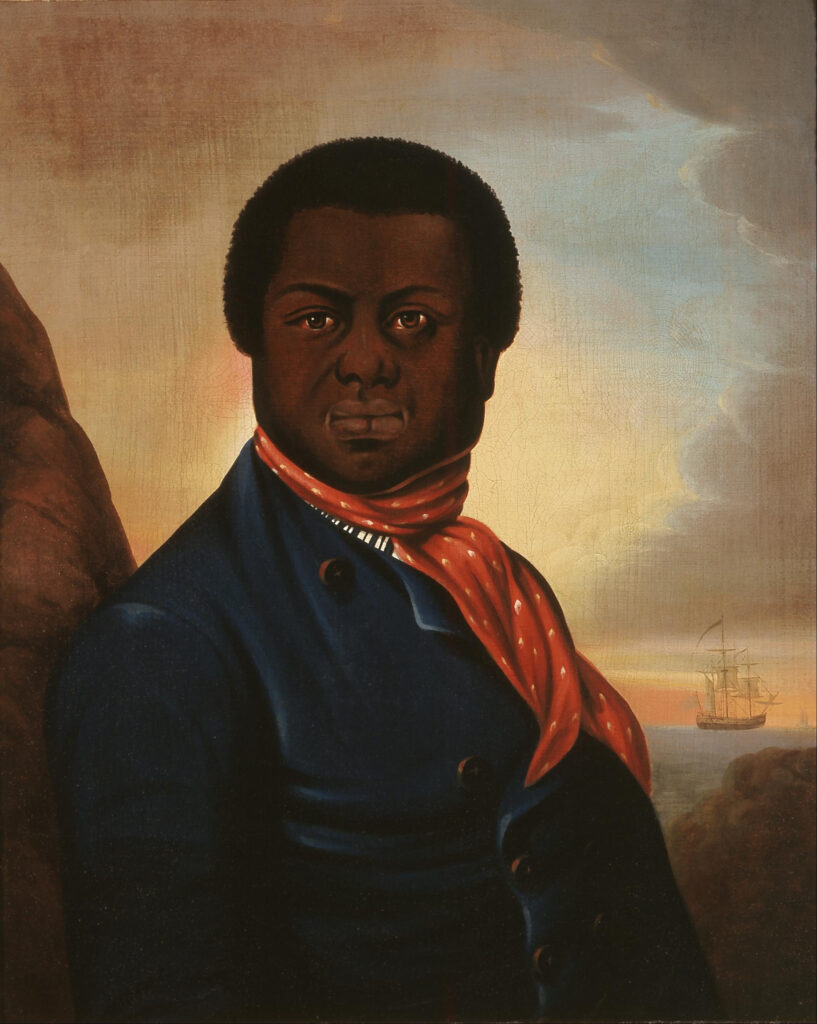
Over the seas to-night, love,
Over the darksome deeps,
Over the seas to-night, love,
Slowly my vessel creeps.
Over the seas to-night, love,
Walking the sleeping foam—
Sailing away from thee, love,
Sailing from thee and home.
Over the seas to-night, love,
Dreaming beneath the spars—
Till in my dreams you shine, love,
Bright as the listening stars.
Braithwaite, william stanley. “Sea Lyric,” IN THE UPWARD PATH: A READER FOR COLORED CHILDREN, ED. MYRON T. PRITCHARD AND MARY WHITE OVINGTON, 189. HARCOURT, BRACE AND HOWE, 1920.
Contexts
This poem appeared in The Upward Path: A Reader for Colored Children, published in 1920 and compiled by Myron T. Pritchard and Mary White Ovington. The volume’s foreword states that, “[t]o the present time, there has been no collection of stories and poems by Negro writers, which colored children could read with interest and pleasure and in which they could find a mirror of the traditions and aspirations of their race.”
“Sea Lyric” was initially included in Braithwaite’s 1904 poetry book Lyrics of Life and Love, wherein the poem was not segmented into stanzas.
